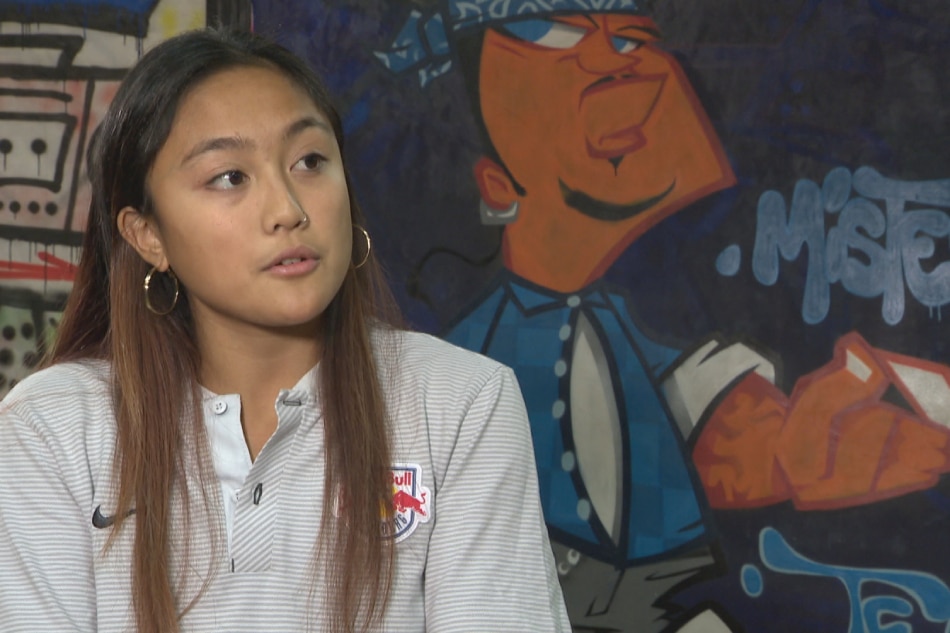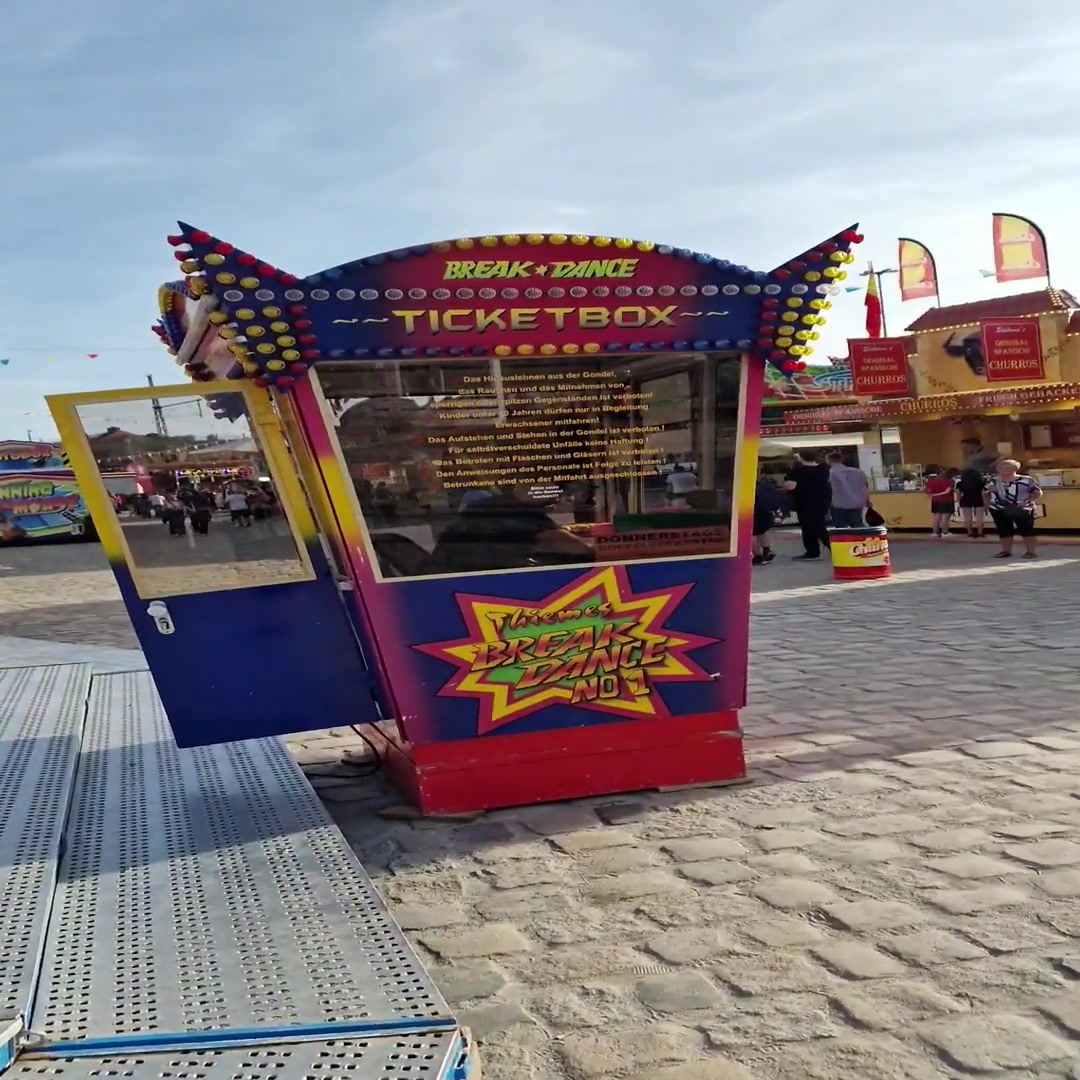History and Origins of Breakdancing

Breakdancing, a dynamic and expressive dance form, emerged from the vibrant streets of the Bronx, New York City, in the 1970s. It is a captivating blend of athleticism, artistry, and cultural expression, rooted in the social and cultural landscape of its birthplace.
Early Influences and Origins
Breakdancing’s roots can be traced back to the early 1970s, a time of significant social and cultural change in the Bronx. The emergence of hip-hop culture, characterized by its rebellious spirit and creative expression, provided the fertile ground for breakdancing’s development. The Bronx, a predominantly African American and Latino neighborhood, was experiencing a surge in youth culture, and breakdancing became a powerful outlet for self-expression and community bonding.
Key Figures and Crews
The early breakdancing scene was shaped by a diverse group of individuals and crews who pushed the boundaries of the dance form.
- The Rock Steady Crew, founded in 1977, is widely considered one of the pioneers of breakdancing. They introduced innovative moves like the “top rock” and the “freeze,” and their dynamic performances helped popularize the dance form.
- The Furious Five, another influential crew, brought a distinct style to breakdancing, characterized by their aggressive and powerful moves. They were known for their elaborate routines and intricate footwork.
- The Magnificent Force, a crew known for their precision and acrobatic skills, further expanded the repertoire of breakdancing. They incorporated elements of martial arts and gymnastics into their routines.
These crews, along with countless other individuals, helped establish breakdancing as a distinct and respected dance form.
Cultural Context and Influences
Breakdancing emerged within the context of the burgeoning hip-hop culture, which encompassed elements like rapping, DJing, graffiti art, and street fashion. These various art forms intertwined and influenced each other, creating a dynamic and interconnected cultural movement.
- African American and Latino Roots: Breakdancing drew inspiration from African American and Latino dance traditions, such as the jitterbug, the Charleston, and the boogaloo. These dance styles emphasized rhythm, improvisation, and body percussion, elements that were incorporated into breakdancing.
- Martial Arts Influence: Breakdancing also incorporated elements from martial arts, such as capoeira and kung fu. These disciplines contributed to the athleticism, power, and precision of breakdancing moves.
- Social and Political Context: Breakdancing emerged during a time of social and political unrest in the United States. The dance form provided a powerful outlet for young people to express their frustrations, hopes, and aspirations.
Breakdancing became a symbol of resilience, creativity, and community empowerment, reflecting the challenges and aspirations of the youth in the Bronx and beyond.
Styles and Techniques of Breakdancing: Ami Breakdancer

Breakdancing, also known as b-boying or breaking, encompasses a variety of distinct styles, each with its unique aesthetics, movements, and musicality. These styles have evolved over time, reflecting the creativity and innovation of breakdancers around the world.
B-boying
B-boying is the most recognizable and foundational style of breakdancing. It emphasizes power moves, footwork, and freezes, often performed to the rhythm of hip-hop music. B-boying movements are characterized by their dynamic energy, fluidity, and athleticism.
Power Moves
Power moves are the most visually impressive and physically demanding aspects of b-boying. They involve complex rotations, flips, and spins, often requiring significant strength and coordination.
- Windmills: A series of rotations on one hand, with the body spinning around the supporting arm.
- Headspins: A rapid spin on the head, often with the body in a vertical position.
- Backspins: A spin on the back, with the body balanced on the hands and feet.
- Flares: A powerful kick with one leg, often accompanied by a spin or rotation.
- Airtracks: A series of flips and twists performed in the air.
Footwork
Footwork is the foundation of b-boying, involving intricate and rhythmic foot movements. Footwork allows breakdancers to navigate the floor with precision and agility, creating intricate patterns and transitions between moves.
- Six-step: A basic footwork pattern consisting of six steps, often used as a foundation for more complex footwork variations.
- Toprock: Footwork patterns performed while standing, often used as a transition between power moves and other elements of b-boying.
- Footwork combinations: Breakdancers often combine different footwork patterns to create unique and complex sequences.
Freezes
Freezes are static poses that breakdancers hold for a brief period, often used to emphasize the end of a move or to transition between different sections of a routine.
- Handstand freezes: A freeze performed in a handstand position.
- Chair freezes: A freeze performed with the body balanced on one hand and the other leg extended.
- Turtle freezes: A freeze performed with the body in a curled position, resembling a turtle shell.
Popping
Popping is a style of breakdancing that emphasizes sharp, percussive movements. Popping dancers use a technique called “hitting” to create the illusion of their body popping in and out of different positions. This style is known for its precise timing, dynamic energy, and playful character.
Hitting
Hitting is the core technique of popping, involving the rapid contraction and relaxation of muscles to create a popping sensation.
- Basic pops: Simple pops performed with individual body parts, such as the chest, shoulders, or arms.
- Wave pops: A series of pops that travel across the body, creating a wave-like effect.
- Ticking: A rapid series of pops that create a percussive sound, often used to emphasize the rhythm of the music.
Popping Moves
Popping dancers incorporate a variety of moves into their routines, often blending popping techniques with other styles of dance.
- Boogaloo: A style of popping that emphasizes fluid and undulating movements.
- Robot: A style of popping that mimics the movements of a robot.
- Animation: A style of popping that uses exaggerated movements to create a cartoon-like effect.
Locking
Locking is a style of breakdancing that emphasizes sharp, angular movements, often punctuated by pauses or “locks.” Locking dancers use a technique called “locking” to freeze their body in a specific position for a brief moment before releasing it into another movement. This style is known for its playful and energetic character, often accompanied by comedic elements.
Locking
Locking is the defining technique of this style, involving a sudden pause or “lock” in a specific position.
- Basic locks: Simple locks performed with individual body parts, such as the arms, legs, or head.
- Chain locks: A series of locks that flow smoothly from one position to the next.
- Lock combinations: Locking dancers often combine different lock techniques to create complex and dynamic sequences.
Locking Moves
Locking dancers incorporate a variety of moves into their routines, often blending locking techniques with other styles of dance.
- The Campbellock: A signature locking move involving a quick lock of the arms and a simultaneous step to the side.
- The Skeeter Rabbit: A locking move that involves a rapid series of arm locks and leg movements.
- The Funky Chicken: A playful locking move that mimics the movements of a chicken.
Breakdancing in Contemporary Culture

Breakdancing, a vibrant and energetic dance form that emerged from the streets of New York City in the 1970s, has left an undeniable mark on popular culture, music, and fashion. Its influence has extended beyond dance floors, permeating film, television, and video games, solidifying its place as a global phenomenon.
Impact on Popular Culture, Music, and Fashion
Breakdancing has significantly impacted popular culture, music, and fashion, becoming an integral part of contemporary youth culture. Its influence is evident in various aspects, from musical genres to fashion trends.
- Music: Breakdancing’s evolution was closely intertwined with the rise of hip-hop music. The rhythmic beats and dynamic instrumentation of hip-hop provided the perfect soundtrack for breakdancing’s intricate moves and energetic style. Breakdancing, in turn, inspired new musical styles and influenced the development of hip-hop culture.
- Fashion: Breakdancing fostered a distinctive fashion aesthetic. Loose-fitting clothing, sneakers, and vibrant colors became synonymous with the breakdancing scene. The iconic look of breakdancers, with their athletic attire and accessories, has influenced fashion trends globally.
- Cultural Impact: Breakdancing has played a significant role in promoting diversity and inclusion. It provided a platform for individuals from various backgrounds to express themselves creatively, fostering a sense of community and belonging.
Breakdancing in Film, Television, and Video Games, Ami breakdancer
Breakdancing has made its way into various forms of entertainment, captivating audiences with its dynamic and visually stunning performances.
- Film: Breakdancing has been featured in numerous films, showcasing its athleticism and artistic expression. Movies like “Beat Street” (1984) and “Breakin'” (1984) helped popularize breakdancing globally, while films like “Step Up” (2006) and “Street Dance 3D” (2010) continue to feature breakdancing as a prominent element.
- Television: Breakdancing has been featured in numerous television shows, both as a competitive dance form and as a creative outlet. Shows like “America’s Best Dance Crew” (2008-2012) and “World of Dance” (2017-present) have showcased the talent and artistry of breakdancers worldwide.
- Video Games: Breakdancing has also found its way into video games, allowing players to experience the thrill and challenge of the dance form. Games like “Dance Dance Revolution” (1998-present) and “Just Dance” (2009-present) have incorporated breakdancing moves, providing players with an interactive way to engage with the dance form.
The Current State of Breakdancing and Its Ongoing Evolution
Breakdancing continues to evolve and thrive, with a vibrant global community of dancers pushing the boundaries of the dance form.
- International Competitions: Breakdancing competitions have become increasingly popular worldwide, showcasing the talent and skill of breakdancers from diverse backgrounds. Events like the “Red Bull BC One” (2004-present) and the “Battle of the Year” (1990-present) have become prestigious platforms for breakdancers to compete and showcase their abilities.
- New Styles and Techniques: Breakdancing is constantly evolving, with new styles and techniques emerging regularly. Contemporary breakdancers are incorporating elements from other dance forms, such as acrobatics, martial arts, and contemporary dance, creating a more diverse and dynamic style.
- Technology and Innovation: Technology has played a significant role in the evolution of breakdancing. Social media platforms have provided breakdancers with a global platform to share their work and connect with other dancers. Virtual reality and augmented reality technologies are also being explored to create immersive and interactive breakdancing experiences.
Ami breakdancer – Ami, the breakdancer, moves with a fluidity that echoes the grace of a freestyle skier. He spins and flips, defying gravity, just as Tom Craig did on the slopes, his Olympic journey a testament to athleticism and artistry. Like Craig, Ami challenges the boundaries of what’s possible, his dance a testament to the human spirit’s boundless potential.
Ami breakdancer, a soul set aflame with the rhythm of the streets, finds inspiration in the most unexpected places. Just like the limited-edition designs of McDonald’s collector meal cups , each a fleeting glimpse into a nostalgic era, Ami’s dance moves capture the spirit of the moment, a vibrant tapestry of fleeting moments woven into a timeless dance.